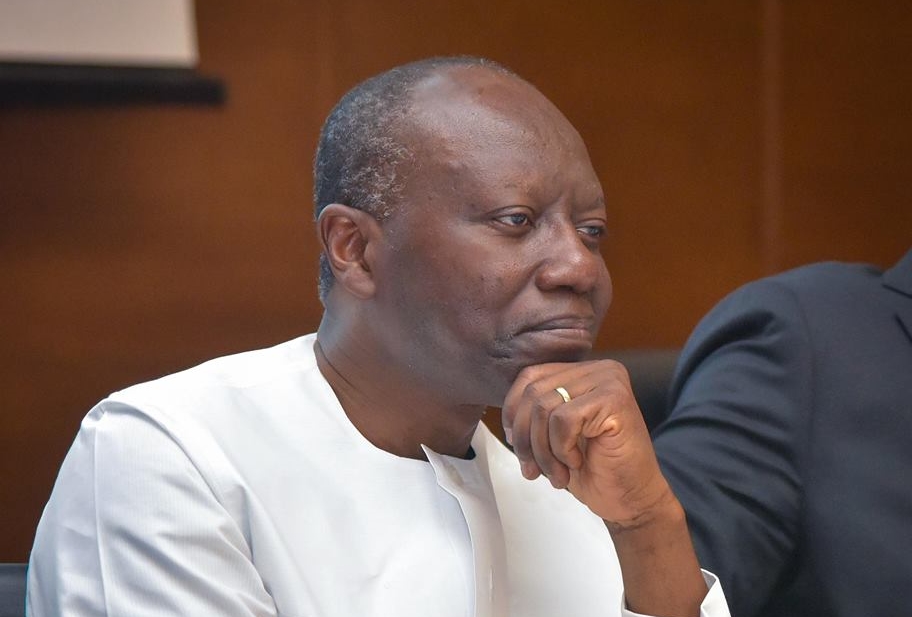Despite the fact that Ghana is one of the countries in West Africa whose good economic performance is lifting economic growth in the sub-region, Ghana has been named among 11 countries in Africa that are at high risk of debt distress. Economic Report on Africa 2019 has revealed.
The Report prepared by the Economic Commission for Africa (ECA) and launched at the 52nd Session of the Conference of African Ministers of Finance, Planning and Economic Development, in Marrakech, Kingdom of Morocco, notes that growth in West Africa climbed from 2.4 per cent in 2017 to 3.2 per cent in 2018. The growth, it said was reflecting higher growth in all countries in the sub-region except Burkina Faso, Guinea and Guinea Bissau.
It projected West Africa’s growth to be moderate in 2019, at 3.4 per cent, before rising to 3.8 per cent in 2020, lifted by good economic performance in Ghana and Nigeria.
“In general, growth in the sub-region is expected to continue to benefit from fairly high oil prices and increases in oil production, expanding services sectors across the sub-region, rising private consumption and public investment in infrastructure,” it said.
The report notes that Ghana and Nigeria benefited from recovering oil prices and higher oil production, while services sector activities grew in all countries except Liberia and Sierra Leone. Benin, Côte d’Ivoire, Ghana, Niger and Senegal benefited from buoyant markets for mineral and agricultural commodities and higher private consumption and public investment.
However, the Report points out that countries like Burundi, Cameroon, Cape Verde, Central African Republic, Djibouti, Ethiopia, Gambia, Ghana, Mauritania, São Tomé and Príncipe, Zambia face a high risk of debt distress.
The Report warns of rising public debt in Africa which has led to increased government spending on interest payments.
According to the Report, the largest increases have been among non-resource-rich countries, whose governments devoted nearly 10 per cent of total spending to interest payments in 2016, more than double the 4 per cent in 2011. Oil-exporting countries devoted close to 13 per cent of fiscal spending on interest payments in 2008, less than 4 per cent in 2012 as interest rates fell and then nearly 7 per cent in 2015
Citing the experience of Ghana in West Africa, the Report said it has been different. Ghana’s total external debt rose from 19.3 per cent of GDP in 2009 to 42.8 per cent in 2016. Since 2007 the government has tapped the Eurobond market, with an initial issuance of a $750 million Eurobond that matured in 2017.
A further $750 million bond was issued in 2013, partly to repay an earlier bond at a lower rate of interest. When the earlier bond matured, Ghana issued new bonds, with assistance from the World Bank, to refinance the outstanding amounts, culminating in a planned $2.5 billion bond, $1.75 billion of which is to be used to refinance earlier borrowing at a lower coupon rate (IMF, 2018d). This refinancing aims to facilitate the management of public external debt in Ghana in the short term, the report stated.





